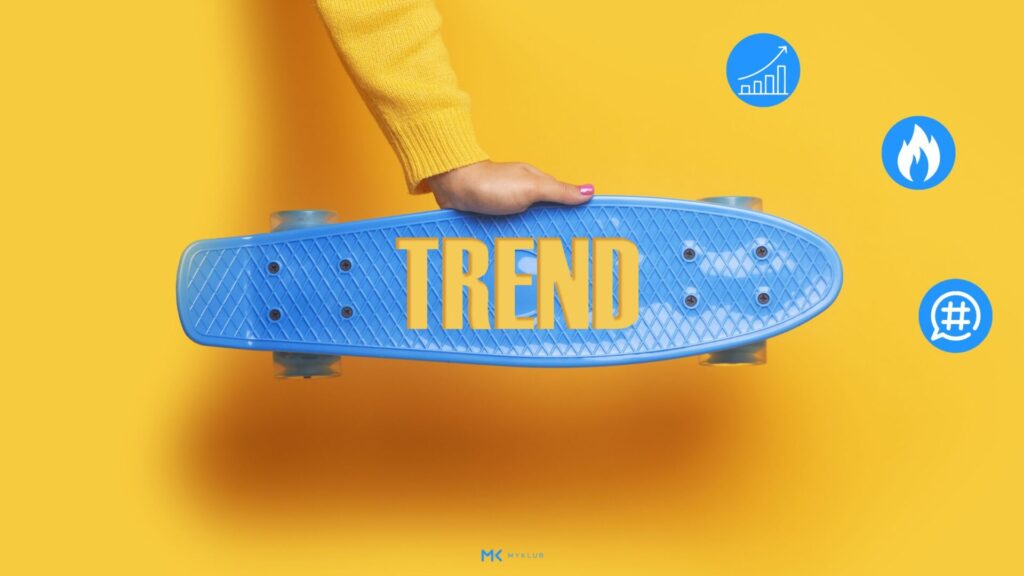Today, we are going to address essential themes in the world of digital training: microlearning, virtual reality and mobile learning. These innovative approaches are transforming the way we learn and interact with educational content. Let's dive together into this fascinating universe to discover the advantages and challenges of these cutting-edge methods, which are shaping the future of education. Together, let's explore the secrets and possibilities that these digital learning trends offer to optimize the learning experience for your online training clients.
In this article's summary
ToggleMicrolearning: a modern approach
Benefits of microlearning in training
Microlearning is an approach that involves dividing learning into small units. It allows learners to master a topic at their own pace, using short, easy-to-understand modules. Among the advantages of microlearning are:
- Better retention of information
- Learning flexibility
- Saving time for learners and trainers
Best practices for designing microlearning modules
To take full advantage of microlearning, it is important to follow some best practices when designing modules:
- Ensure that each module is concise and clear
- Include concrete examples to facilitate understanding
- Use multimedia supports to vary learning methods
Virtual reality: immersion and learning
How virtual reality is transforming education
Virtual reality (VR) is a technology that allows users to experience immersive, three-dimensional experiences. In the field of education, it offers new learning opportunities by promoting learner engagement and motivation. Thanks to VR, it is possible to:
- Simulate real situations to better understand them
- Promote collaboration between learners
Applications and use cases of virtual reality in training
Virtual reality is used in various areas of training, including:
- Medical training, to simulate surgical interventions
- Maintenance training, to practice on virtual machines
- Language learning, to immerse yourself in a foreign environment
Mobile learning: learning on the go
Mobile learning tools and platforms
Mobile learning, or m-learning, is a learning method that uses smartphones and tablets to facilitate access to educational resources. Among the mobile learning tools and platforms, we can cite:
- Applications dedicated to learning
- Online training platforms
- Social networks and discussion forums
The challenges and opportunities of mobile learning
Mobile learning has many advantages, but also challenges to overcome:
- Ensure the quality and relevance of content
- Make resources accessible on different types of devices
- Maintain learner engagement and motivation
Training trends: summary and perspectives
The future of microlearning, virtual reality and mobile learning
Microlearning, virtual reality and mobile learning are rapidly evolving learning methods that are expected to continue to transform the training field in the years to come. They offer new learning opportunities adapted to the needs and expectations of today's learners.
Future innovations in the field of training
Technological advances and changes in learning methods portend many innovations in the field of training:
- Artificial intelligence and adaptive learning
- Augmented reality training
- Integration of gamification into learning paths
Comparison and integration of approaches
How to choose between microlearning, virtual reality and mobile learning
To choose the learning method best suited to your needs, it is important to take into account:
- Your learning objectives
- Your budget and material constraints
- Learner preferences and expectations
Integrate different methods for optimal training
By combining microlearning, virtual reality and mobile learning, it is possible to create rich and varied learning paths that meet the needs of learners. Don’t be afraid to experiment with different approaches to find the best combination for you.
In conclusion, microlearning, virtual reality and mobile learning are innovative learning methods that offer new training opportunities. By integrating them into your learning paths, you will be able to offer learning experiences adapted to the needs and expectations of today's learners.
- Source 1: Microlearning: issues and perspectives, by Jacques Cool, Revue française de pédagogie
- Source 2: Virtual reality in education: state of play and perspectives, by Florian Daniel, Éditions L'Harmattan
- Source 3: Mobile Learning: trends and issues, by Philippe-Didier Gauthier, Éditions scolaire Nathan





